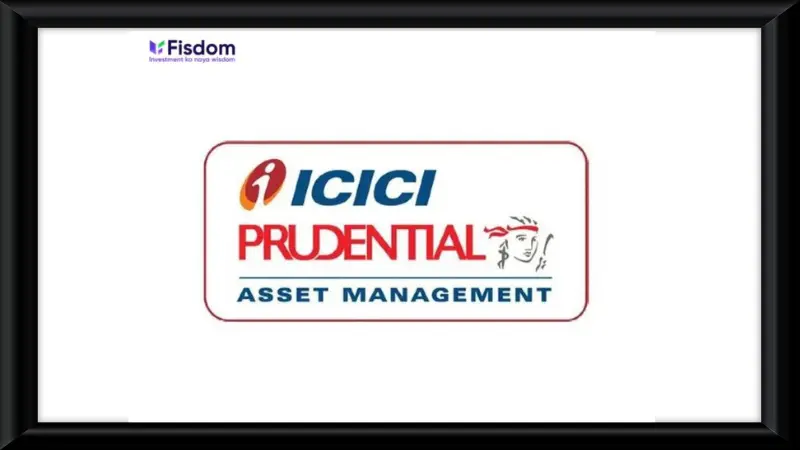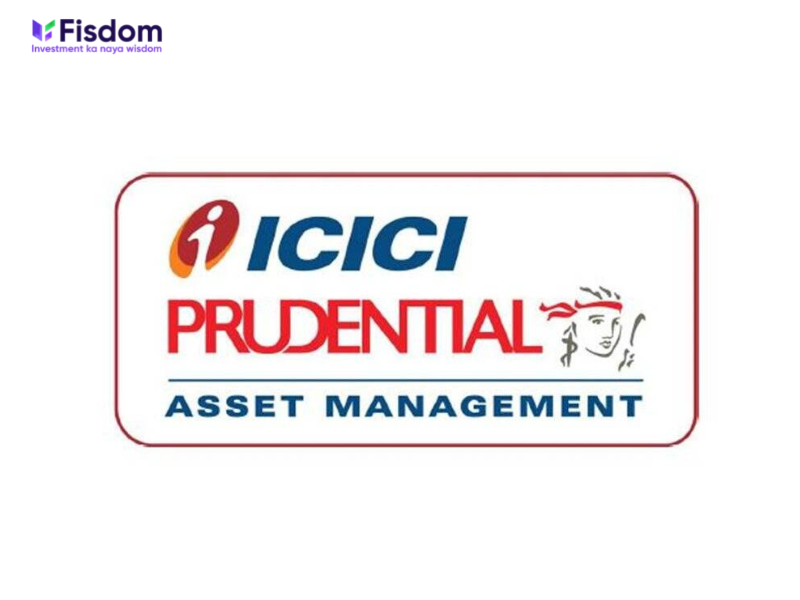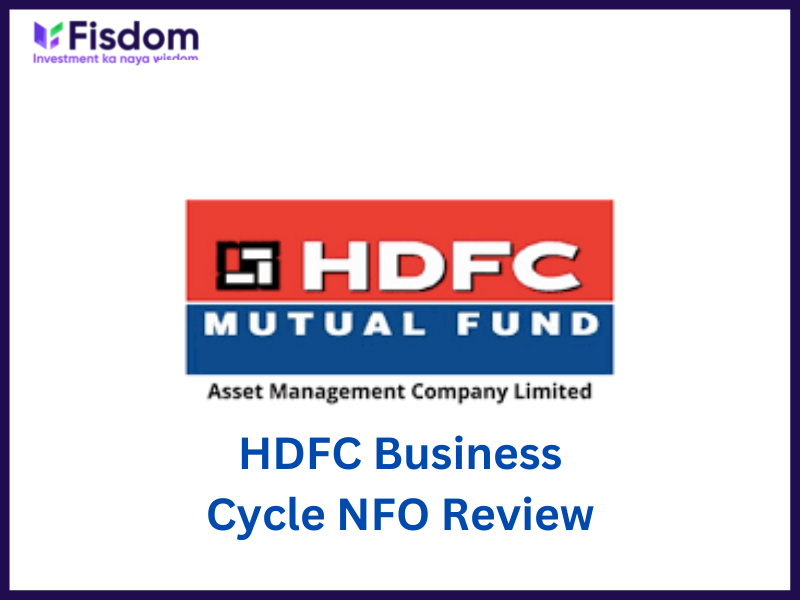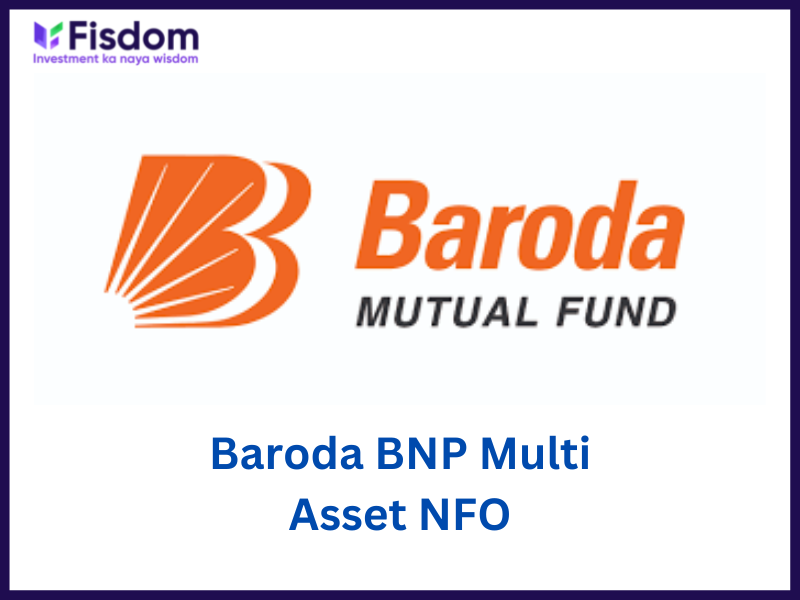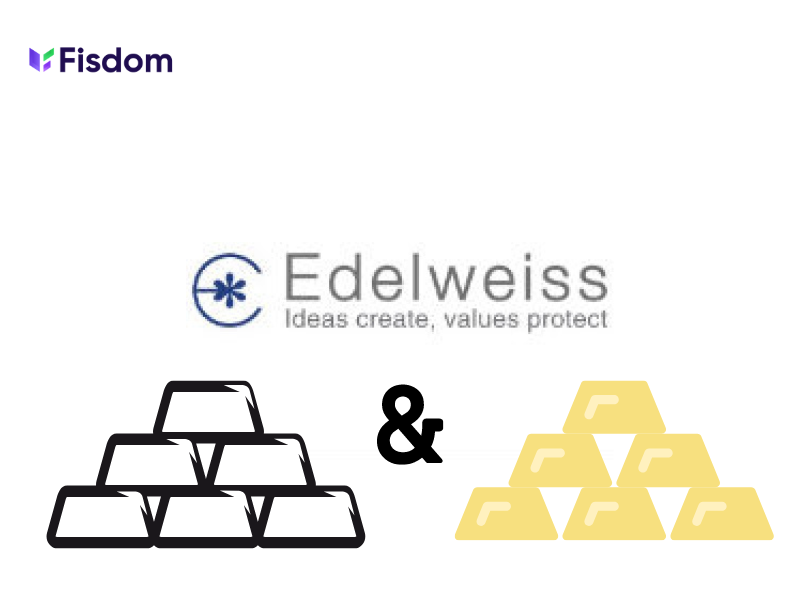
Aditya Birla Sun Life Mutual Fund has recently launched their Silver ETF and Silver ETF Fund of Fund. The NFO of these schemes is scheduled to launch on 13th January 2022 and will close on 27th January 2022.
Investment objective of the fund
This fund is an open-ended scheme investing in the units of Aditya Birla Sun Life Silver ETF which invests in physical silver of (99.9% purity) and tracks its performance in domestic prices. The fund, therefore, tracks the performance of Aditya Birla Sun Life ETFs and aims to generate similar returns over the long term. The USP of the funds is that it allows investment in silver without the need to open a Demat account.
Why should you apply for this NFO?
- Ease of investment
Investment in Aditya Birla Sun Life Silver ETF FoF allows the investors ease of investment in silver without the actual downfalls of it like high storage calls, no maintenance or insurance costs, zero making charges, additional wealth tax, etc.
This makes this investment a very safe and secure option for investors looking for investment in silver. Furthermore, ABSL Silver ETF FoF does not require the investors to open a Demat account for an investment in the scheme unlike investment in ABSL Silver ETF. This further eases the investment process.
- Minimal investment amount
Another advantage of investing in ABSL Silver ETF FoF is the low investment budget. Investors can start investing in this fund with a minimum amount of Rs. 100 and additional investment is in multiple of Re. 1 thereafter during the NFO period.
- Liquidity
This is an open-ended scheme and therefore offers high liquidity to the investors. Investors can purchase or sell the units of the fund on NAV based prices and the redemption proceeds will be transferred to them within 10 days of acceptance of the redemption request.
- Passive Investment
Aditya Birla Sun Life Silver ETF FoF is an excellent passive investment option. It allows the investors to enjoy the benefits of passive investment at moderately high risks. This is, therefore, an ideal investment option for risk-averse investors with relatively low-risk appetites.
- Other benefits
Investment in this fund also has additional benefits like reaping benefits of the increased demand for silver in multiple sectors (like Telecom, Electronic Vehicles, Renewable energy, Pharma, etc.), using it as a hedge against inflation, etc. seeking relatively stable returns in different market cycles.
Fund details
| Scheme name | Edelweiss Large & MIdcap Index Fund |
| Type of Scheme | An Open-ended Equity Scheme replicating Nifty LargeMidcap 250 Index |
| Category of the scheme | Fund of Fund – Commodities – Silver |
| Benchmark | Domestic Prices of Silver |
| Plan options | Regular & Direct |
| Fund Manager | Mr. Lovelish Solanki |
| Exit Load | Redemption on or before 30 days from date of allotment – 0.5% of applicable NAVRedemption after 30 days from date of allotment – NIL |
| Minimum Investment | Lumpsum: Minimum of Rs. 100/- and multiples of Re. 1/- thereafter. Additional purchase: Minimum of Rs. 100/- and multiples of Re. 1/- thereafter |
| Approximate Expense Ratio | Regular Plan : around 0.95% to 1.00%Direct Plan : around 0.25% to 0.30% |
| NFO Period | 13 Jan -27 Jan 2022 |
NFO (New Fund Offer) is launched by the Asset Management Companies (AMCs) to generate funds for launching a new mutual fund. These funds are then pooled to buy the shares or other securities as per the fund’s mandate or the guidelines based on which the fund is launched. NFOs are like IPOs where all the relevant details of the funds are provided at the time of their launch and the units of the fund are usually set at Rs. 10 per unit for a subscription. SEBI guidelines allow the NFOs to be active for a maximum period of 30 days following which the units of the fund are traded based on their daily NAV.
NFOs, at the time of their launch, are launched in two categories namely close-ended funds and open-ended funds. The details of each type of fund are mentioned below.
a. Open-ended funds
The majority of mutual funds are launched as open-ended funds. These types of funds allow the investors to enter or exit the fund at any time based on various factors like profit opportunity, goal realization, minimizing losses, etc. the units of the fund, therefore, keep fluctuating based on the demand-supply functions of the market. Investors can subscribe to the fund at the nominal rate (usually Rs. 10 per unit) during the NFO period. After the NFO period, when the units are traded based on the daily NAV, the investors stand to gain huge capital gains depending on the performance of the fund.
b. Close-ended funds
Close-ended funds, on the other hand, do not allow the investors to subscribe to the fund after the NFO period is closed. The number of units of the fund is fixed unlike open-ended funds and the fund is for a definite period of time, i.e. with fixed maturity. Investors can exit the fund after the completion of such a period.
Close-ended funds can be listed on recognized stock exchanges to increase their liquidity and can be traded even after the closure of the NFO period. The NAV of the fund is determined based on the demand-supply function of its units.
Investing in NFOs is a very good opportunity to maximize the returns as the units can be subscribed at nominal rates and the returns are potentially higher based on the prevailing NAV at the time of redemption. However, there are several points that need to be considered while subscribing to an NFO. Some of such points are highlighted below.
a. Lack of track record
NFOs are offered for the new mutual fund so no proven track record can be reviewed by investors to make an informed investment decision. The investors have to therefore rely on the reputation of the AMC and other details mentioned in the NFO to make an investment decision.
b. Higher expense ratio
NFOs need a good amount of publicity to make the investors aware of the fund and the investment opportunity. It is therefore essential for the investors to check the expense ratio of the fund and ensure that it does not outweigh the net gains.
c. Check if the fund is in correlation to the existing portfolio
Recently there have been many NFOs in the market that investors can choose from. However, while selecting the fund the investors must check if the fund is not similar to an existing fund in their portfolio. For example, if the fund is a large-cap fund and the investor already has one or two similar funds in their portfolio, investing in another will not add much value to the net returns or the diversification of the portfolio. On the other hand, many NFOs can be sector-specific or country-specific. In such a case, investors have to check if the fund is in line with other factors like their risk-return profile and investment goals.
d. Review the SID carefully
Reviewing the SID (Scheme Information Document) is a crucial step that should not be missed by investors while investing in NFOs. It contains all the relevant information about the fund managers, their qualifications, and experience which is crucial for the funds’ performance. Other relevant information includes the investment profile of the fund, target sectors or securities, benchmark index, asset allocation ratio, etc. This helps the investors understand the returns expectation of the fund as well as the target investments where the fund will invest the pooled funds. Investors having a risk-return profile in line with that of the fund can thus invest in such funds
Investment in NFOs can be done through two main routes i.e., the online or offline modes. The details of the same are mentioned below.
a.Online mode
The online mode of investment is suitable for investors already having a Demat account and a trading account. Investors can simply select the NFO and invest by selecting the number of units to invest and paying for the same through online payment modes available on the platform.
b.Offline mode
The offline mode of investment in NFOs is through registered brokers and distributors. Investors can contact their brokers and distributors providing them with the details of the amount to be invested and they can invest in the selected NFOs on their behalf. Investors can make hassle-free investments through such modes as all the necessary forms to be filled and the formalities to be met are looked after by these entities giving investors the benefit of ease of investment. The charges for such services are nominal when compared to the potentially high returns.














